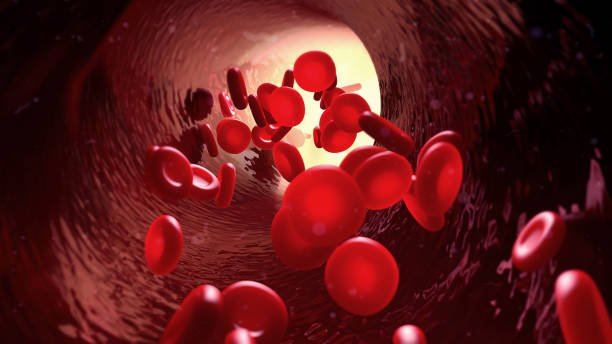The relationship between the number of red blood corpuscles (RBCs) and altitude is an intriguing aspect of human physiology, especially relevant to South Africa, home to the famous Drakensberg Mountains and other high-altitude areas. In this article, we’ll explore the connection between RBCs and altitude, understanding how this relationship affects the body’s ability to function in different environments.
The Relationship Between the Number of Red Blood Corpuscles and Altitude
The relationship between the number of red blood corpuscles and altitude is linked to the body’s need to transport oxygen efficiently. At higher altitudes, there’s less oxygen available in the air. To compensate for this, the body produces more red blood corpuscles, which are responsible for carrying oxygen to the tissues. In the South African context, for instance, people living in high-altitude areas like Johannesburg might have more red blood corpuscles compared to those living at sea level in cities like Cape Town. This physiological response enables people at higher altitudes to function properly even with lower oxygen levels. The body’s ability to adapt in this way is a remarkable example of human resilience and adaptation.
Introduction to Red Blood Corpuscles
Red Blood Corpuscles, or Red Blood Cells (RBCs), are the most common type of blood cells and are primarily responsible for carrying oxygen to tissues and removing carbon dioxide from the body.
The Function of Red Blood Corpuscles
RBCs contain a protein called haemoglobin, which binds to oxygen in the lungs and carries it to various parts of the body. This process is vital for the body’s energy production and overall function.
Altitude and Its Effect on Oxygen Availability
Understanding Altitude
Altitude refers to the height above sea level. The higher the altitude, the thinner the air becomes, which means there’s less oxygen available to breathe.
Oxygen Concentration
At sea level, the oxygen concentration in the air is about 21%. As you ascend to higher altitudes, this concentration stays the same, but the air pressure decreases. This means that the amount of available oxygen that can be breathed in with each breath decreases.
Relationship Between Red Blood Corpuscles and Altitude
The Body’s Response to High Altitude
When someone moves to a higher altitude, the body initially struggles to get enough oxygen to meet its needs. The lower oxygen levels are detected by the kidneys, which then produce a hormone called erythropoietin (EPO).
Increase in Red Blood Corpuscles
EPO stimulates the production of more RBCs in the bone marrow. The increase in RBCs helps the body carry more oxygen to its tissues, compensating for the lower oxygen availability in the air.
Adaptation Example: People Living at High Altitude
People living in high-altitude areas, like some regions in South Africa, often have a higher number of RBCs. This adaptation helps them live comfortably in environments where oxygen is less readily available.
Potential Problems
Too Many Red Blood Corpuscles
While having more RBCs helps in transporting oxygen, having too many can make the blood thicker. This can lead to problems like blood clots and other health issues, particularly if someone lives at high altitude for an extended period.
Altitude Sickness
A sudden move to a high-altitude area without proper acclimatization can lead to altitude sickness, a condition caused by the lack of oxygen. Symptoms include headaches, nausea, and fatigue.
Conclusion: A Complex but Adaptive Relationship
The relationship between the number of red blood corpuscles and altitude illustrates the human body’s remarkable ability to adapt to varying environmental conditions. The increase in RBCs at higher altitudes enables better oxygen transportation, helping people live and function in such regions. However, this adaptation can also lead to potential health issues if not managed properly. Understanding this relationship can be particularly relevant for South Africans living in or visiting high-altitude areas, as it sheds light on the body’s adaptive processes and potential challenges. It’s an elegant example of how the human body responds to its surroundings, continually striving to find balance and efficiency.




